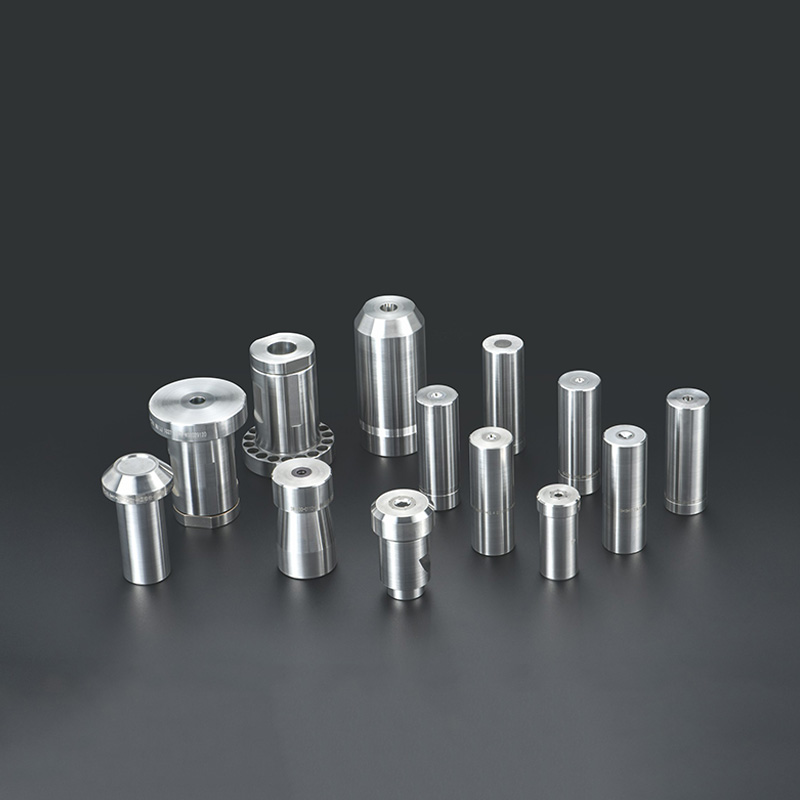Cold Heading Die: Characteristics, Applications, and Maintenance
What is a Cold Heading Die?
A cold heading die is a precision tool used in cold heading processes to form metal parts at room temperature without removing material. This manufacturing technique relies on high-pressure deformation to shape wire or rod stock into complex geometries with tight tolerances (typically ±0.005 inches or 0.127 mm). The dies are typically made from high-grade tool steels like M2 (1.3343), D2 (1.2379), or Tungsten Carbide grades with 90-94% WC content, offering hardness values between 60-65 HRC to withstand extreme pressures reaching 2,500 MPa (362,500 psi) during operation.

Key characteristics of Cold Heading Dies include:
Exceptional Wear Resistance: Advanced surface treatments like TiN (Titanium Nitride) or TiAlN (Titanium Aluminum Nitride) coatings extend tool life by 300-500% compared to uncoated dies
Precision Geometry: Die cavities maintain form accuracy within 0.0005 inches (0.0127 mm) after 100,000+ cycles
High Compressive Strength: Tungsten Carbide Dies withstand stresses up to 6,000 MPa (870,000 psi) without deformation
Thermal Stability: Special heat treatments maintain dimensional stability within 0.0002 inches (0.005 mm) at operating temperatures up to 400°F (204°C)
Applications of Cold Heading Dies
Cold heading dies serve critical roles in mass production across multiple industries:
Fastener Manufacturing: Produces M3-M24 bolts, screws, and nuts at speeds up to 400 pieces per minute with 95-98% material utilization
Automotive Components: Forms precision parts like valve retainers, spark plug shells, and wheel studs with grain flow improvements increasing strength by 20-30% over machined alternatives
Aerospace Fasteners: Creates high-strength titanium and Inconel fasteners meeting NASM and MS standards, with fatigue life improvements of 40-60% compared to conventional machining
Electronics Hardware: Produces miniature connectors and contacts with diameters as small as 0.5 mm and positional accuracy within 0.01 mm
Medical Implants: Forms bone screws and orthopedic pins from biocompatible materials like 316LVM stainless steel with surface finishes better than Ra 0.4 μm
Cold Heading Die Maintenance Procedures
Proper maintenance ensures optimal performance and extends die life beyond 1 million cycles:
Cleaning Protocol:
Ultrasonic clean dies every 8 hours using pH-neutral solutions at 40-50°C (104-122°F)
Remove residual lubricants with non-chlorinated solvents having flash points above 140°F (60°C)
Use brass or nylon brushes for manual cleaning to prevent surface scoring
Inspection Procedures:
Measure critical dimensions with air gauges or laser micrometers having resolution of 0.00005 inches (0.00127 mm)
Check for microcracks using dy penetrant testing (PT) or magnetic particle inspection (MPI) at 10,000-cycle intervals
Monitor surface roughness with profilometers, maintaining below Ra 0.8 μm for optimal material flow
Storage Requirements:
Store in climate-controlled environments at 20-25°C (68-77°F) with 40-50% relative humidity
Apply vapor-phase corrosion inhibitors (VCI) when storing longer than 72 hours
Use closed-cell foam inserts in storage cases to prevent impact damage
Reconditioning Techniques:
Polish worn surfaces with diamond pastes ranging from 15 μm to 0.25 μm grit size
Recoat dies using physical vapor deposition (PVD) when coating thickness drops below 2 μm
Perform stress relief annealing at 300-400°C (572-752°F) after 500,000 cycles to prevent microcracking











